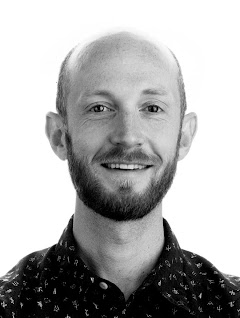Beat
I typically shoot news and social documentary work.
One Shot

“My favourite picture taken for Reuters was made in Twisp, Washington on assignment in 2015 while covering wildfires. I was documenting a sleepy scene that became an emergency in a matter of seconds. Firefighters were warming their burritos on the embers of the Twisp River Fire when the wind picked up and breathed life back into it. As firefighters attempted to protect a threatened home, they saw flames approaching a propane tank and began to run away. As they ran, that is when I made this picture. This picture is important to me because it conveys the intensity and dedication of firefighters who risk their lives for the common good.”
Profile
My earliest memory of photography is taking way too many pictures with my mother’s camera during a family trip to the Rhine River in Germany when I was about 11 or 12.
I learned to photograph by experimenting with my father’s Canon A-1 camera in high school and enrolled in a black and white darkroom photography course at school.
I wanted to become a photographer because I valued the ability to constantly have new experiences and to work as a creative.
My first assignment was a feature story about a student group of authors. It was for the school paper, The Daily, at the University of Washington. I photographed a student group of fantasy writers sitting around a table in fluorescent light. I was not immediately hooked by photojournalism. I learned to embrace the challenge of photographing scenes that may not at first seem visually interesting. I learned that part of my job was to show the world in new ways.
My recent wildfire coverage has had a big impact on me. For one, it is devastating to see the effects of drought and climate change on such a massive scale. I’ve covered two concurrent record-breaking wildfire years in my home state of Washington.
Protests and wildfire coverage are the most exciting. I do enjoy working slower assignments but when covering a protest or wildfire, there are often peaks of intense action that are unrivaled in other stories.
Photojournalism has the ability to capture the attention of viewers and communicate information about what is happening in the world. This is a crucial role in a democracy and I’m proud to play a small part in it.
When I’m working, I am thinking about all potential viewers of the pictures, from local citizens near me to the readers of publications and websites across the globe.
My biggest lesson has been to respect my subjects and treat them with dignity. We often document the best and worst moments of peoples’ lives and we must be grateful for their acceptance of us.
My advice to a starting photojournalist would be: create great work and be nice to everyone.
My family members and my colleagues have been the most supportive to me, as well as a group of more experienced mentors too long to list.
New technologies like virtual reality will be important but nothing will top great still imagery, whether it is viewed on social networks, mobile devices, websites, TV, or in print.
